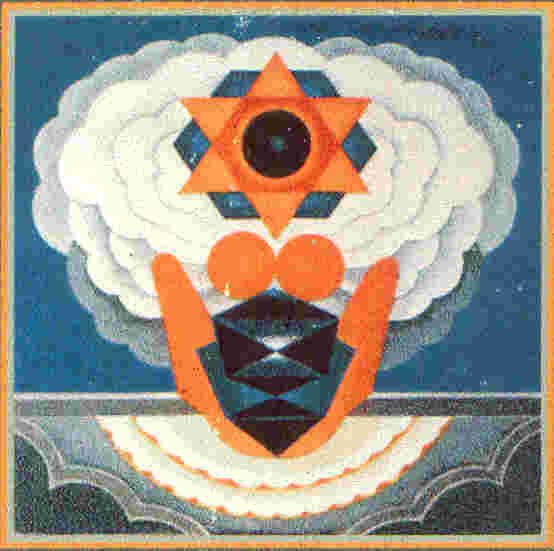|

|

|
|
Kashmiri Pandits' Association, Mumbai, India |

|
| | Home | July-September 2002 Issue | |
|
Children’s
Page
Increase your
Knowledge Series:
Castles of Mud: The towering spires, domes and pyramids that termites build are impressive enough from the outside, but on the inside, the architectural sophistication is truly extraordinary. There are larders, gardens, air conditioning systems, nurseries, living chambers cellars, wells, chimneys and royal chambers. A Royal Kingdom: Termite colonies are ruled by the king and the queen, which are the only fertile termites in the colony. They remain in the royal chamber, where the queen spends her life as an egg-laying machine. She is attended by worker termites, who look after the eggs and larvae and also maintain the mound. Soldier termites, with enlarged jaws, defend the entrances to the colony. Inner-city Designs: The blind worker termites construct their fantastic castles out of earth mixed with saliva, which sets like concrete. The walls can be 50 cms. thick, although the specifications vary with each species. Living Larders: Bellicose termites from Africa eat mainly dead wood, which is difficult to digest, so their droppings are still rich in nutrients. To avoid waste, the termites cultivate a fungus on their droppings, which breaks down the manure and after six weeks, the termites can eat and digest the compost, fungal growth and all. Air Conditioning: An active colony produces a lot of heat, so termites have incorporated a cooling system into their design. Hot air rises through a large central cavity into upper porous chimneys, where hot carbon-dioxide-rich air diffuses out and fresh, oxygenated air diffuses in. The fresh, cool air then sinks to a cellar at the base of the nest. Sometimes termites dig a deep well down to the water table.. The moisture helps the fungus to grow. - Kóstùr

|
|
|
JOIN US |
|
|



